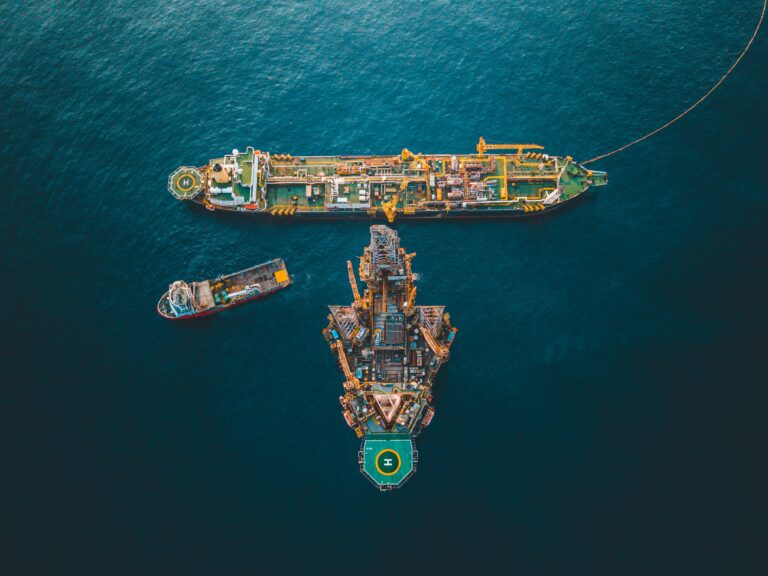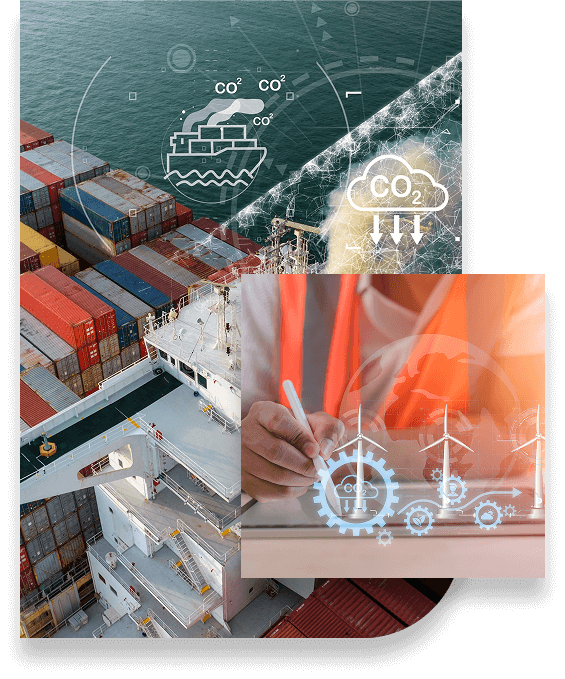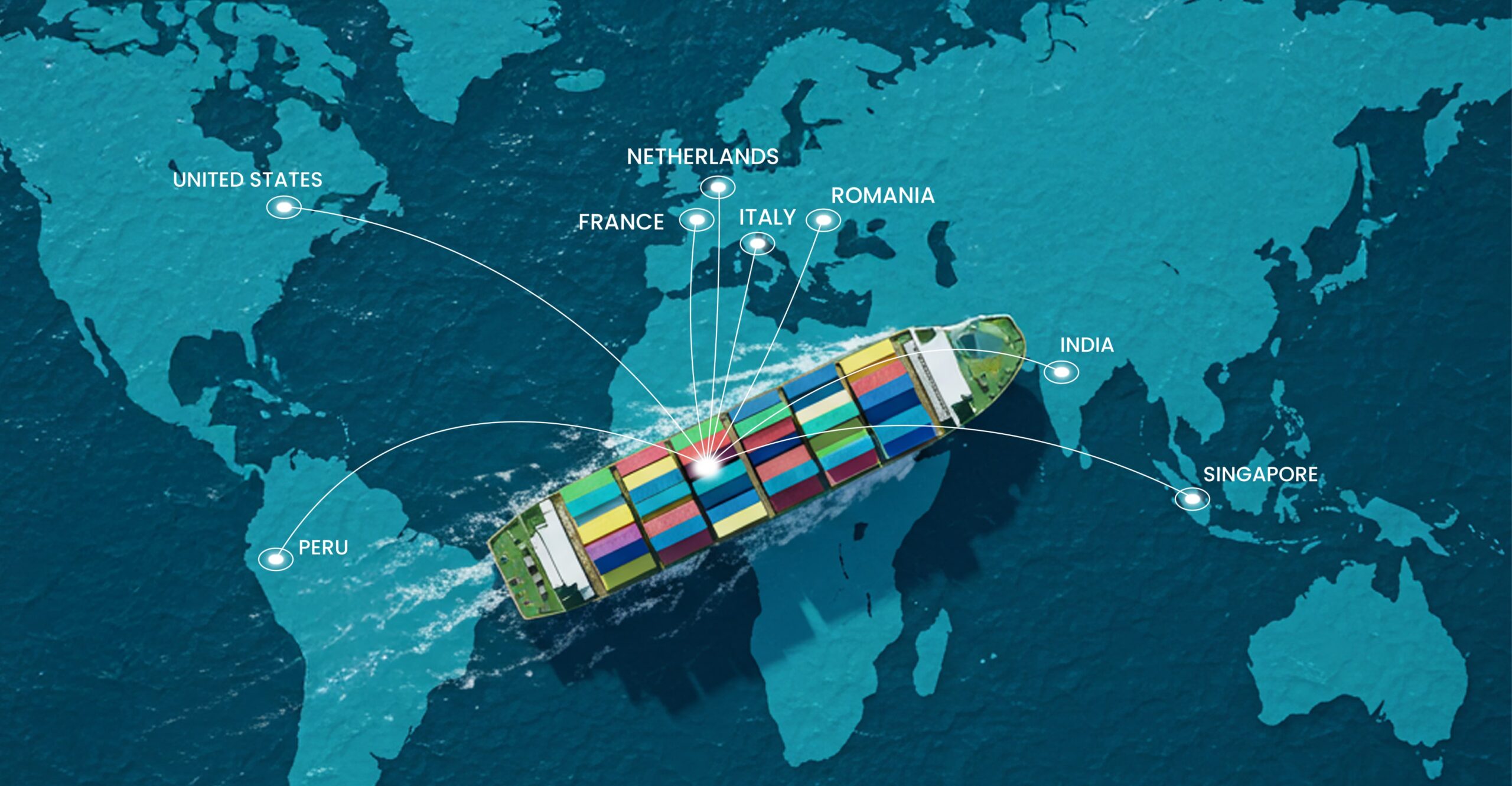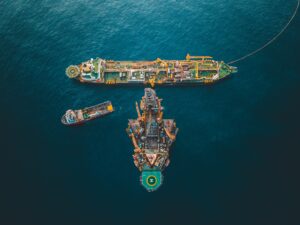Ballast water ensures vessel stability but carries a hidden global threat—transporting invasive species that disrupt marine ecosystems and economies. Without effective treatment, ships risk spreading thousands of harmful organisms, causing environmental damage and costly operational delays.
The Global Challenge
- 10 billion tonnes of ballast water transported yearly, carrying around 7,000 species worldwide.
- Invasive species like the Mnemiopsis leidyi jellyfish have devastated fisheries and ecosystems, causing millions in economic losses.
- Zebra mussels and other organisms have clogged industrial water systems, resulting in costly maintenance and health hazards.
Compliance is Mandatory
The International Maritime Organization’s Ballast Water Management Convention (BWMC) mandates all ships to meet strict ballast water standards:
- D-1: Open-ocean ballast water exchange
- D-2: Installation of approved Ballast Water Treatment Systems (BWTS)
From September 2024, all vessels must comply with the D-2 standard, requiring retrofits with certified treatment technologies.
Cutting-Edge Treatment Technologies
EVOMARINE delivers multi-stage BWTS solutions integrating:
- Filtration
- UV Radiation
- Chemical Treatment
- Hybrid Systems
Advanced treatments reduce invasive species effectively, while real-time monitoring ensures compliance and operational efficiency.
Why Choose EVOMARINE?
- Custom Retrofits: Solutions tailored to your vessel type and operational needs.
- Global Drydock Network: Quick, compliant installations worldwide.
- Seamless Integration: Real-time system monitoring and reporting.
- Regulatory Peace of Mind: Avoid port fines, detentions, and business interruptions.
- Sustainability Leadership: Meet ESG goals by reducing ecological impact.
- Enhanced Asset Value: Future-proof your fleet with BWTS retrofits.
Secure Your Fleet’s Future Today
Ballast water treatment is no longer optional—it’s essential. Partner with EVOMARINE to leverage proven technology and global expertise, ensuring your vessels meet evolving regulations profitably and sustainably.
Contact EVOMARINE now for a personalized BWTS solution designed for your fleet’s success.





